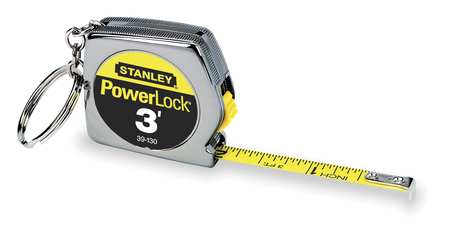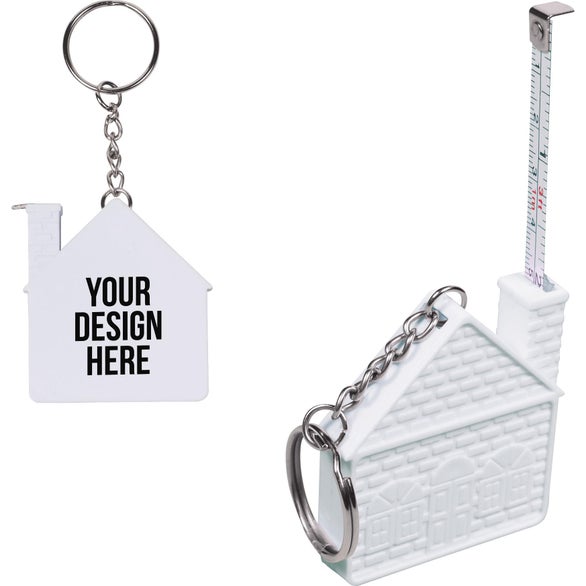You are using an out of date browser. It may not display this or other websites correctly.
You should upgrade or use an alternative browser.
You should upgrade or use an alternative browser.
16'' cuts ?
- Thread starter fred bergman
- Start date

Help Support Arborist Forum:
This site may earn a commission from merchant affiliate
links, including eBay, Amazon, and others.
alleyyooper
Addicted to ArboristSite
I'm retired and don't have the time nor want to be screwing around marking all the cuts that need to be made. I now have a stove that takes 20 inch chunks and for a bit had trouble doing as chucker and I used to do at 16 inches. As chucker said after a bit you can get with in a half inch just by going by eye. I realize some of you only cut a couple months a year and when you start agin you have trouble eye balling.
Try this.
During your non cutting time look at a object and estimate how long it is and then measure to see how far off you are.
You will be surprised how close you will get after a bit of practice. Yes I carry one of those little 3 foot key chain tape measures around with me.


I learned the estimating method for bow hunting before they had range finders.
 Al
Al
Try this.
During your non cutting time look at a object and estimate how long it is and then measure to see how far off you are.
You will be surprised how close you will get after a bit of practice. Yes I carry one of those little 3 foot key chain tape measures around with me.


I learned the estimating method for bow hunting before they had range finders.
mainewoods
Addicted to ArboristSite
Most of my wood has to be precisely cut so most of it is measured. Right now I have several customers that want 14" so have to do it. They have to let me know ASAP or by September they will get only what ever is already cut. I cut 14'', 16'', 18'', 24'', and 32''. My standard cut is 18'' where as all the misc. cuts get thrown into a pile for odd requests. I usually charge extra for special sizes such as 14''. I take a large 3/4'' or 1'' tape and remove most of tape to make it lighter. Then I rivet a larger hook to make it easier to grab a chunk of wood or log. Then I use a chunk of drywall that has been out in the weather a little to soften it up a bit. I really dislike measuring, but it has to be done or people will get very unhappy with me for giving them wood that will not fit their firebox. Thanks
sunfish
Fish Head
^^^This^^^ I've not measured/marked a stick of firewood in over 30 years.after cutting a few cords you can usually guess with in a 1/2" give or take...its like riding a bike or tying your shoe, it gets done automatically by repetition.
Big_Al
ArboristSite Guru
Usually just eyeball it, if it needs to be spot on I'll use mingo marker. Never cared for the gadgets that attach to sides of bar.
- Joined
- Apr 28, 2014
- Messages
- 7,785
- Reaction score
- 10,430
I pick my cuts based on the log. If there's a nasty branch or a particularly dirty ugly chain dulling spot, I forget about a uniform length. Otherwise eyeball measurement is plenty good enough. I'm burning the stuff, not making cabinets.
fred bergman
ArboristSite Operative
thanks all
ChoppyChoppy
Tree Freak
Fiberglass ditch marker on the processor. Run the log up to it, cut, split, lather, rinse and repeat. It ends up being roughly +-1/2".
I cut 99% of the wood at 16". A few orders a year of 18", 14", 12" and sometimes 10". Did a whole truckload (6 cords) of 10" once. That was not fun!
I cut 99% of the wood at 16". A few orders a year of 18", 14", 12" and sometimes 10". Did a whole truckload (6 cords) of 10" once. That was not fun!
SierraWoodsman
ArboristSite Guru
+1 for the mingo marker. Once you have the tree limbed it's super easy/fast to run it down the length of the log. Also keeps everyone on the same page if you have more than one operator working on a big tree.
Sent from my iPhone using Tapatalk
Sent from my iPhone using Tapatalk
- Joined
- Nov 12, 2014
- Messages
- 3,582
- Reaction score
- 8,237
Sharpie line across both sides of the bar 16" from the tip.
I guarantee one thing. If you rely on a tree removal company to cut your logs to firewood length, almost nothing will be cut the right length and almost nothing will be cut square. Angled cuts will be everywhere and your log splitter will let you know.
CascadeHusky
ArboristSite Operative
I guarantee one thing. If you rely on a tree removal company to cut your logs to firewood length, almost nothing will be cut the right length and almost nothing will be cut square. Angled cuts will be everywhere and your log splitter will let you know.
Yeah, I've noticed this walking by jobsites...wtf? Shouldn't they be good?
While guessing works plenty good for me and most, and good eyeballers can get +/-1/2".... If you desire a "wow!" factor to your woodpile, you need to measure.
If it's a decent sized log, I run a Spencer(or whatever tape is handy)over the top and saw out 16" ticks, then get to real cutting. Yes, this results in wood about 15 5/8" long. It really doesn't take much time though. 346xp sized stuff...I'm not marking.
One of the operators working for the tree removal company showed me the bar he was using on a Stihl MS291. His cuts on any big log were all at an angle. I removed the bar and checked the rails. The left side rail was much higher than the right, all the way around the bar. I doubt the bar had over 100 hours on it, but it was really worn uneven. So, I redressed the bar and evened them out. He was using a new chain, so I concluded that the bar was messing up his square cuts. One has to wonder how the bar got that much extra wear on one rail.
I have been told that if the bar is never flipped, the bottom right side rail will wear much faster than the left and start causing angular cuts. Any thoughts on this?
I have been told that if the bar is never flipped, the bottom right side rail will wear much faster than the left and start causing angular cuts. Any thoughts on this?
Similar threads
- Replies
- 6
- Views
- 752




